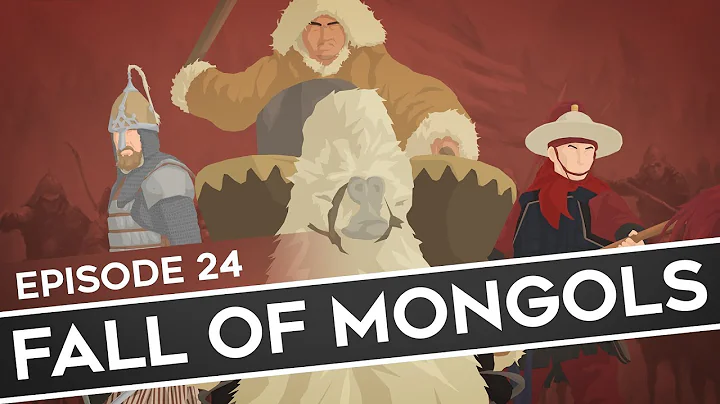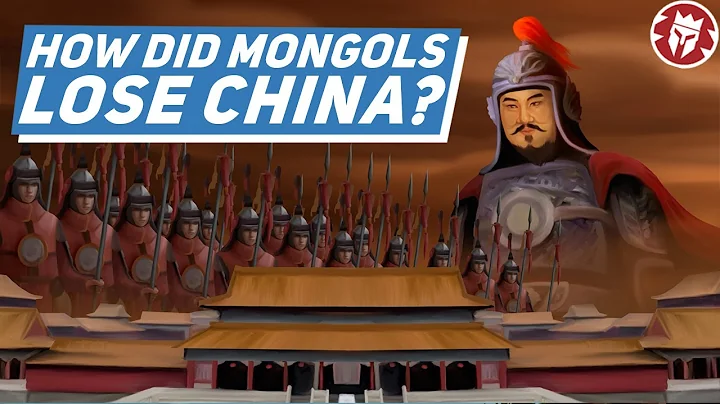However, due to the flooding, the imperial court affected the government's fiscal revenue. Thinking of the management of the Yellow River, it recruited 150,000 migrant workers from various places and forced them to clear the Yellow River. This aroused the dissatisfaction of the people. At this time, a folk song spread across the banks of the Yellow River: "The stone man has one eye, provoking the Yellow River against the world!" The folk song was also widely sung among the migrant workers in the river management. Soon, some migrant workers actually dug under the river. The news of a one-eyed man immediately spread among the migrant workers, and people thought that the time for the world to resist was about to come. In fact, this one-eyed man was buried in advance by Han Shantong, Liu Futong, the leader of secret religious activities, and they decided to use this opportunity to launch an armed uprising. Prior to this, they had been using preaching as a cover to secretly organize forces against the Yuan Dynasty to prepare for an uprising. Seeing that the stone man was born with such a big influence, they decisively launched an uprising. In May 1351, Xu Shantong and Liu Futong declared an uprising in Yingzhou (now Anche Fuyang County). The head of the uprising army was wrapped in red cloth, so people called it "Red Scarf Army". Most of these uprising army believed in white lotus. They taught, burned incense and worshipped Buddha, and people called it the "Xiangjun." After the Red Scarf uprising by Liu Futong and others, Red Scarf uprisings broke out all over the country. pi (pei) prefecture (now Pixian, Jiangsu), the rebels led by Zhi Li and Zhao Jun, and the rebels of Bizhou (now Fengyang, Anhui) Guo Zixing, both accepted Liu Futong’s leadership belongs to the Northern Red Turban Army; In the south, there are famous peasant leaders Peng Yingyu (also known as Peng Monk) and Xu Shouhui’s uprising team, belonging to the Southern Red Turban Army. In addition, there are some neither The uprising team that believes in white lotus religion and is not wrapped in red cloth, of which the teams led by Zhang Shicheng and Fang Guozhen are the most powerful. There are more and more poor farmers in response to the uprising army, and the momentum is getting bigger and bigger. The Red Scarf Army's uprising made the rulers of the Yuan Dynasty panic and hurriedly transferred the army to suppress it. However, the Red Scarf Army broke through the Yuan army's siege and expedition to the north, preparing to conquer the capital in one fell swoop Yuan Dynasty. One of them arrived in the suburbs of most cities all the way, so that Emperor Shun was so scared that he was ready to move the capital and flee. Because other rebels did not cooperate well, in the end, the three northern expeditions failed, and Liu Futong also died in the battle. In 1363, the Northern Red Army The Turban Army finally failed. The Southern Red Turban Army had several ups and downs. Monk Peng died in 1353. Later, Ni Wenjun, who was a fisherman, led the uprising troops. However, the internal conflicts between the rebel army led to fighting each other and affecting its combat effectiveness. At this time Zhu Yuanzhang, who was between the North and South Red Turban Army, took the opportunity to develop his own power. Zhu Yuanzhang was originally Guo Zixing's subordinate. After Guo died, he became the commander of this team. Zhu Yuanzhang followed the advice of counselor Zhu Sheng to "build the wall high, accumulate grain, and slowly become the king", fighting steadily, and eliminated Chen Youliang and Zhang Shicheng. Waiting for the strength, finally swept northward, invaded the capital, and overthrew the Yuan Dynasty. In 1368, Zhu Yuanzhang established the Ming Dynasty. At the end of the Yuan Dynasty, the uprising of the Red Turban Army finally took the Yuan DynastyPerish and end. 


The regional classification of the response of the Red Scarf Army uprising
























